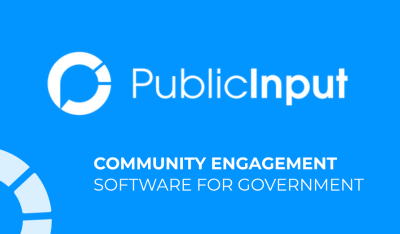
In public engagement and decision-making, achieving statistical validity is paramount. It ensures that the insights derived from surveys accurately represent the diverse perspectives within a given population. PublicInput, with its platform that solves every dimension of the public engagement process, empowers organizations to conduct statistically valid surveys effectively. Here’s the step-by-step process of achieving statistical validity using PublicInput.
1. Identify and estimate the population you intend to represent.
The first step is defining the population you aim to represent. PublicInput recommends leveraging Equity Mapping and GIS tools to clearly define the target audience. This will provide a foundation of population size, geography, and any demographic filters, such as age. Understanding the intricacies of your population lays the foundation for a robust survey strategy.
Learn more about tools for estimating population here.
2. Choose how you’ll invite residents to participate.
To achieve statistical validity, it’s essential to reach a broad and randomized sample of your target population. PublicInput suggests employing a mixed-mode approach, combining email, text messages, physical signage, and targeted social media advertising. This diverse outreach strategy enhances randomization and ensures a more representative response.
For organizations with limited outreach lists, PublicInput offers a solution. Through partnerships with nationwide data providers, the platform can source localized phone numbers at a discounted rate, broadening your reach and increasing the likelihood of a representative sample.
3. Conduct targeted outreach to achieve randomized participation.
PublicInput’s communications suite is a powerful tool for conducting geo-targeted text and email outreach. Additionally, it assists in creating targeted social media advertising, maximizing the impact of your engagement efforts. Even if your existing contact database lacks geographic data, PublicInput’s capabilities allow you to filter out non-target contacts seamlessly.
Learn more about the communications suite.
4. Build a geographic segment to filter for your target population.
Create a segment with specific geographic and demographic criteria to determine if a participant fits your target population. This ensures that your survey data is not only representative but also focused on the aspects that matter most to your decision-making process.
Learn more about the segment builder.
5. Filter your participation metrics using your target population segment.
In the dynamic report generated by PublicInput, select your target segment to filter the results. This provides a total count of participants within your target population, offering a nuanced view of the survey responses. Analyzing results specific to this population enhances the depth of insights and informs more accurate decision-making.
6. Calculate key metrics of statistical validity.
PublicInput doesn’t just stop at gathering data; it helps you make sense of it. Utilize the platform’s statistical validity formulas and example calculations. Input your target population and segmented participant metrics to obtain a comprehensive calculation of statistical validity and margin of error. This empowers you to confidently interpret and act upon the survey findings.
Check out the statistical validity formulas and example calculations.
Explore Statistically Valid Surveys
PublicInput provides a comprehensive solution for achieving statistical validity in surveys. From precise population estimation to diverse and randomized outreach strategies, PublicInput ensures that your engagement efforts result in actionable insights.
To learn more about achieving statistical validity or inquire about certified partners who can facilitate statistically valid surveys, reach out to our team at Support@PublicInput.com.



